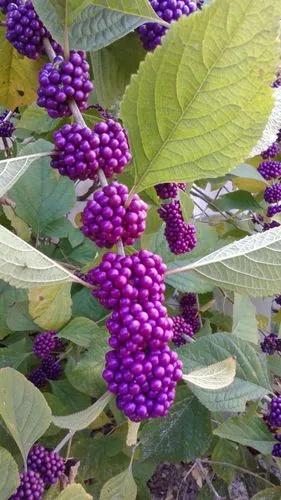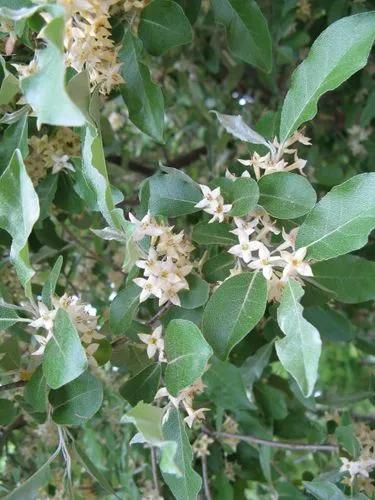Coprosma rhamnoides (also known as twiggy coprosma or red-currant coprosma) is an endemic shrub in New Zealand. It forms a small shrub up to 2 m tall. The leaves are very small, simple and variable in shape. The inconspicuous flowers are unisexual and believed to be wind pollinated. It is widespread in occurrence and can be the dominant small leaved divaricating shrub in some locations. It is a dense shrub. If rocks are nearby it can sprawl out prostrate over the rocks. Commonly, the species occurs less than 1m. The branches grow in many directions and are also very thin. This gives a distinct twiggy appearance which accounts for the common name ‘twiggy coprosma’. The leaves have a leather like texture, a matte appearance and a hairless lamina. The leaves are not translucent. They are also not evidently reticulate on the top, however they are reticulate when viewed from the bottom. The leaves are often fascicled. They are attached by very short petioles. The leaves are opposite from each other. The leaves are 7 – 12 mm long. On any individual plant, the leaves vary in size and shape. This can depend on maturity. The common broad shape leaves are orbicular. The leaves narrow quickly into the petiole. The petioles are pubescent, with small hairs covering the petiole entirely. The hairs continue onto the lower area of the leaf ). The stipule at the base of the leaf is pubescent. It has a sharp denticle on the apex. The stipules are almost microscopic. The branches are also very small, about 10mm in diameter and numerous, which makes the shrub dense. The branches divaricate, growing in many directions. Furthermore, they are rigid which creates the twiggy appearance. The bark is a reddish brown colour, and when scratched, it exposes an energetic yellow/green colour. The flowers of coprosma rhamnoides are axillary. The female flowers are smaller. However, both male and female corollas comprise four lobed petals. The male petal is 2.7mm, whereas the female is 1.3mm long and are more narrow and funnel shaped.The male has four stamens. Lastly, the coprosma rhamnoides can be identified by the fleshy berries, of a crimson or ruby red colour. They are distributed solitarily along the branchlets.The berries are of a globose shape.
Twiggy Coprosma Care
Coprosma Rhamnoides



What is the plant
How to Care for the Plant

Water

Once established, needs occasional water - more in extreme heat.

Pruning

Attractive in natural form, it can be used as a small, willow-like accent, or easily pruned into a screening hedge

Sunlight

Full sun, Partial sun
Ease your plant care routine with PlantIn's personalized system.
What's wrong with your plant?
Related Plants
Discover more plants with the list below
Popular articles






